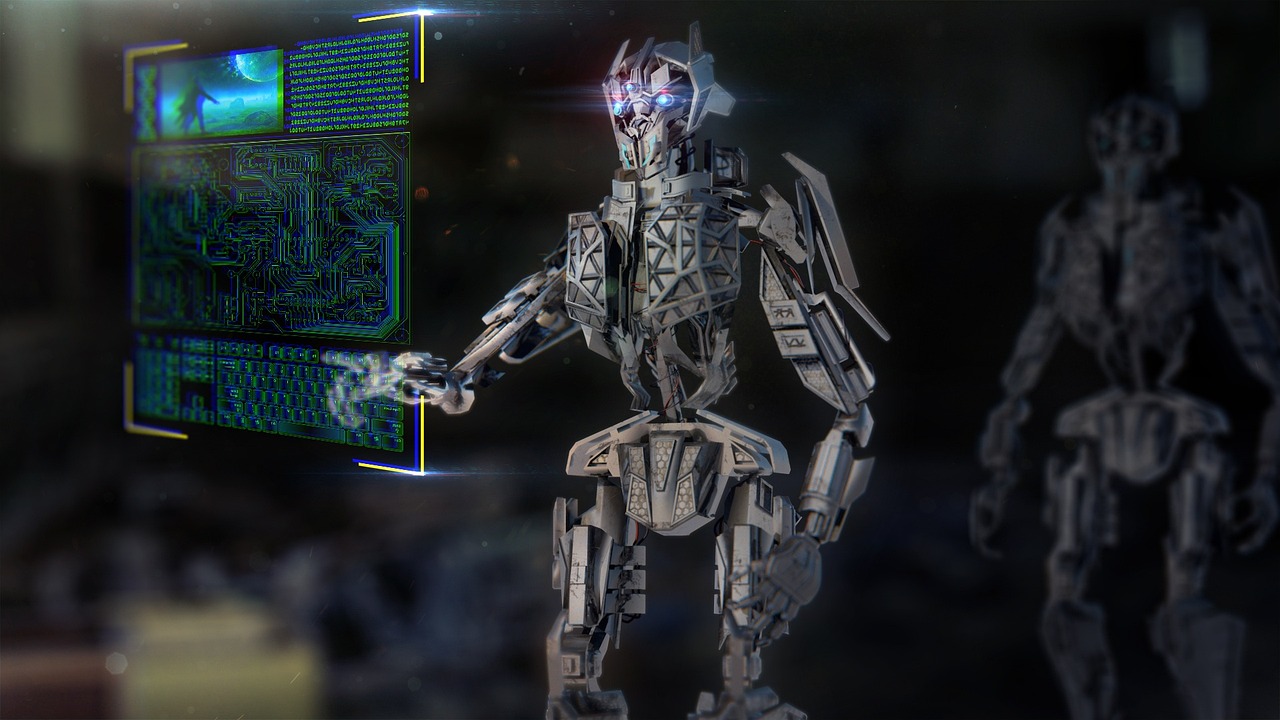**AI vs. Hackers: How Artificial Intelligence is Shaping the Future of Cybersecurity**In the ever-evolving landscape of cybersecurity, the battle between defenders and attackers has reached a new frontier. As cyber threats grow in sophistication and scale, traditional security measures are struggling to keep pace. Enter Artificial Intelligence (AI), a game-changing technology that is reshaping the future of cybersecurity. From detecting anomalies to predicting attacks, AI is emerging as a critical tool in the fight against hackers. However, as AI empowers defenders, it also equips attackers with new capabilities, creating a complex and dynamic arms race.### The Rise of AI in CybersecurityAI has become a cornerstone of modern cybersecurity strategies due to its ability to process vast amounts of data, identify patterns, and make decisions in real time. Unlike traditional systems that rely on predefined rules, AI-powered solutions can adapt and learn from new data, making them highly effective against evolving threats. Here are some key ways AI is transforming cybersecurity:1. **Threat Detection and Prevention** AI excels at identifying unusual patterns in network traffic, user behavior, or system activity. Machine learning algorithms can analyze historical data to detect anomalies that may indicate a cyberattack, such as phishing attempts, malware infections, or unauthorized access. By flagging these threats early, AI helps organizations respond before significant damage occurs.2. **Predictive Analytics** AI can predict potential vulnerabilities and attack vectors by analyzing trends and correlating data from multiple sources. This proactive approach allows cybersecurity teams to shore up defenses before hackers exploit weaknesses.3. **Automated Incident Response** AI-driven systems can automate responses to common threats, such as isolating compromised devices, blocking malicious IP addresses, or deploying patches. This reduces the burden on human analysts and ensures faster mitigation of risks.4. **Phishing and Fraud Detection** AI-powered tools can analyze emails, websites, and messages to identify phishing attempts with high accuracy. Natural Language Processing (NLP) enables these systems to detect suspicious language and flag potential scams.5. **Enhanced Authentication** AI is improving authentication methods through biometric systems like facial recognition, voice analysis, and behavioral biometrics. These technologies make it harder for hackers to impersonate legitimate users.### The Double-Edged Sword: AI in the Hands of HackersWhile AI is a powerful ally for cybersecurity professionals, it is also being weaponized by hackers. Cybercriminals are leveraging AI to develop more sophisticated attacks, creating a new set of challenges for defenders. Here’s how AI is being used maliciously:1. **Automated Attacks** Hackers are using AI to automate the process of identifying vulnerabilities and launching attacks. For example, AI-powered bots can scan systems for weaknesses and exploit them at scale, making it easier to target multiple organizations simultaneously.2. **Evading Detection** AI enables attackers to create malware that can adapt and evolve to avoid detection by traditional security systems. For instance, adversarial machine learning techniques can be used to trick AI models into misclassifying malicious software as benign.3. **Deepfakes and Social Engineering** AI-generated deepfakes—realistic but fake audio, video, or text—are being used to deceive individuals and organizations. Hackers can impersonate executives or trusted entities to manipulate victims into divulging sensitive information or transferring funds.4. **Phishing at Scale** AI can generate highly personalized phishing emails by analyzing publicly available data about targets. This makes phishing campaigns more convincing and increases the likelihood of success.### The Future of AI-Driven CybersecurityAs AI continues to advance, its role in cybersecurity will only grow. However, the ongoing arms race between defenders and attackers means that organizations must stay vigilant and adapt to new challenges. Here are some key trends shaping the future of AI in cybersecurity:1. **AI-Powered Collaboration** Cybersecurity platforms are increasingly integrating AI to enable collaboration between human analysts and machines. AI can handle routine tasks, freeing up experts to focus on complex threats and strategic decision-making.2. **Explainable AI (XAI)** As AI systems become more complex, there is a growing need for transparency. Explainable AI aims to make AI decisions understandable to humans, ensuring that cybersecurity professionals can trust and validate the actions taken by AI systems.3. **AI Regulation and Ethics** Governments and organizations are grappling with the ethical implications of AI in cybersecurity. Regulations may be introduced to ensure responsible use of AI and prevent its misuse by malicious actors.4. **Quantum Computing and AI** The advent of quantum computing could revolutionize both AI and cybersecurity. While quantum AI could enhance threat detection and encryption, it could also render current cryptographic methods obsolete, posing new risks.5. **Continuous Learning and Adaptation** AI systems will need to continuously learn and adapt to stay ahead of hackers. This requires ongoing investment in research, data collection, and model training.### ConclusionThe integration of AI into cybersecurity represents a paradigm shift in how we defend against cyber threats. By leveraging AI’s capabilities, organizations can detect, prevent, and respond to attacks with unprecedented speed and accuracy. However, the same technology also empowers hackers, creating a complex and ever-changing battlefield.To stay ahead, cybersecurity professionals must embrace AI while remaining aware of its limitations and risks. Collaboration between humans and machines, coupled with a commitment to innovation and ethical practices, will be key to securing the digital future. As the AI vs. hackers arms race intensifies, one thing is clear: the future of cybersecurity will be shaped by those who can harness the power of AI most effectively.

